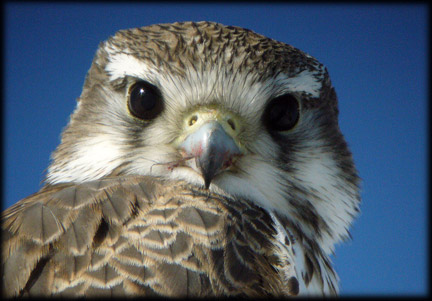 I was pretty tickled to have a new bird book from Princeton University Press waiting for me at home when I returned from the Arctic Ocean- Nightjars, Potoos, Frogmouths, Oilbird, and Owlet-nightjars of the World! What a cool tome about an awesome group of birds. The book has something for about any birder, as representatives of the Family Caprimulgiformes occur on every continent except for Antarctica. Each species (135 in all) is represented with lavish multi-page spreads of detailed maps and insanely good photos- makes me feel pretty deficient in my nightjar stock! Plus, proceeds from the book's sale support BirdLife International's Preventing Extinctions Programme. 7 nightjars and one owlet-nightjar are on the conservation effort's list including the critically endangered Jamaican Poorwill (possibly extinct, known with certainty from museum specimens collected prior to 1860), Puerto Rican Whip-poor-will, and New Caledonian Owlet-nightjar (last reported sighting in 1998.)
I was pretty tickled to have a new bird book from Princeton University Press waiting for me at home when I returned from the Arctic Ocean- Nightjars, Potoos, Frogmouths, Oilbird, and Owlet-nightjars of the World! What a cool tome about an awesome group of birds. The book has something for about any birder, as representatives of the Family Caprimulgiformes occur on every continent except for Antarctica. Each species (135 in all) is represented with lavish multi-page spreads of detailed maps and insanely good photos- makes me feel pretty deficient in my nightjar stock! Plus, proceeds from the book's sale support BirdLife International's Preventing Extinctions Programme. 7 nightjars and one owlet-nightjar are on the conservation effort's list including the critically endangered Jamaican Poorwill (possibly extinct, known with certainty from museum specimens collected prior to 1860), Puerto Rican Whip-poor-will, and New Caledonian Owlet-nightjar (last reported sighting in 1998.) In addition to the species accounts, the beginning of the book has sections about the distribution, plumage & structure, general biology, and taxonomy of this unique bird family. The book is ahead of the curve with the AOU's recently-split Mexican Whip-poor-will receiving a full species account. Another nice touch I'd like to see in more specialty guides is the appendix listing alternative English names for the species- quite entertaining to see some of the other handles for these birds! As I look through the book I realize the paucity of my personal checklist in this department and how I hope to see many of these amazing birds eventually. Thanks to Princeton University Press for the opportunity to at least experience these birds vicariously!






























































